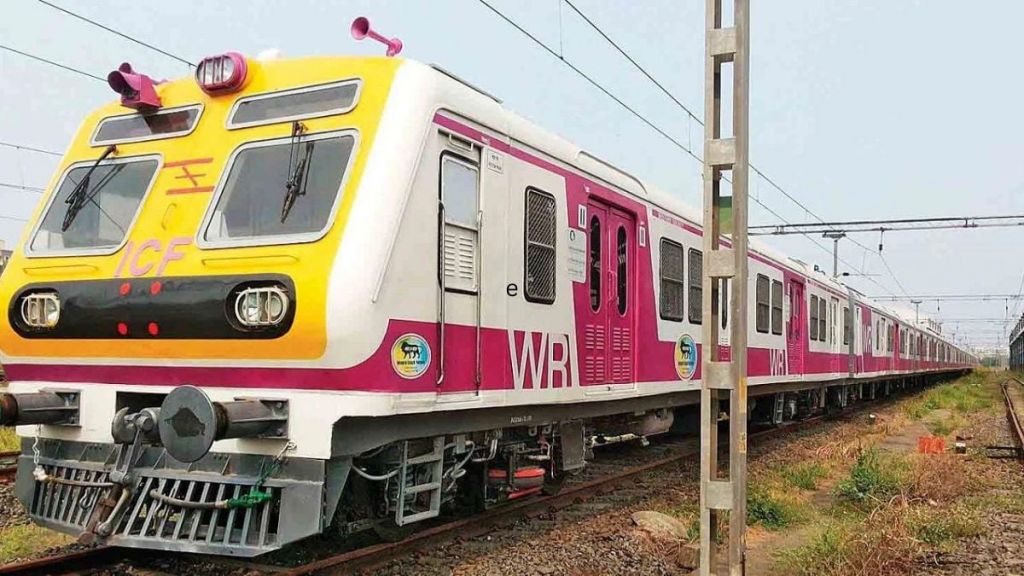
Mumbai: Western Railway is advancing steadily in the installation of ‘KAVACH,’ an indigenously developed Automatic Train Protection (ATP) technology that significantly enhances train safety and operational efficiency.
Developed by the Research Designs and Standards Organization (RDSO), KAVACH is designed to prevent train collisions, assist loco pilots in avoiding Signal Passing at Danger (SPAD), and ensure continuous speed supervision.
The system adheres to international standards, including CENELEC's EN50126, 50128, 50129, and 50159 (SIL-4), and is built to accommodate speeds of up to 200 kmph.
According to Vineet Abhishek, Chief Public Relations Officers of Western Railway, KAVACH offers a range of crucial safety features. It ensures that trains operate within permissible speed limits and provides real-time speed supervision, helping loco pilots maintain control.
The system also aids in preventing accidents by displaying signal aspects and continuous movement authority directly within the loco pilot’s cab. Most importantly, it serves as a vital safeguard against potential train collisions, thereby improving overall safety on the network.
Vineet stated that, over Western Railway, currently the work of KAVACH is being undertaken on 789 kilometers, with 90 locos over Mumbai Central – Nagda section, including Vadodara-Ahmedabad section.
As of now, WR has achieved significant progress, with loco trials successfully conducted for 503 km, out of the total 789 km and 73 out of 90 locomotives have already been equipped with the KAVACH system. This section is targeted to be completed by the end of the current financial year.
Vineet further stated that, on the Vadodara-Ahmedabad section Automatic Signaling Section, which spans 96 km, loco trials have been successfully completed using Version 4.0 of the KAVACH system, and further trials are underway to address any remaining issues. Similarly, in the Virar-Surat-Vadodara section (Automatic Signaling Section) 336 km, trials have been completed on 234 km, and work is progressing on the remaining portion.
In the Vadodara-Ratlam-Nagda section (Non Automatic Signaling Section) 303 km, loco trials have been completed over 173 km. Finally, on the Mumbai Central-Virar suburban section (Automatic Signaling Section), spanning 54 km, construction of tower and laying of Optical Fiber Cable (OFC) is currently in progress.
Further, bids have been invited for track side Kavach work over Ahmedabad, Rajkot & Ratlam Divisions totalling 1569 km., out of which bids have been opened for 836 km.
According to WR, for the first time, LiDAR (Light Detection and Ranging) survey has been conducted to accurately identify the locations of RFID, signals, level crossing gates, etc. To expedite the laying of OFC, WR has adopted the method of Horizontal Directional Drilling (HDD), which allows cables to be laid 3 meters below the surface.
This method is both faster and safer than traditional manual trenching and significantly reduces the time and labour required. Furthermore, to enhance safety and to avoid additional relay room opening, WR is utilizing scheduled Rolling Blocks and Schedule of jumpers are made in advance. This ensures that minimal time is spent in wiring the indoor relay room.
Western Railway remains committed to ensuring passenger safety and improving operational efficiency through the successful implementation of the KAVACH system. With significant progress already achieved, WR is on track to meet its installation and trial targets within the stipulated time frame, marking a major step forward in railway safety innovation.